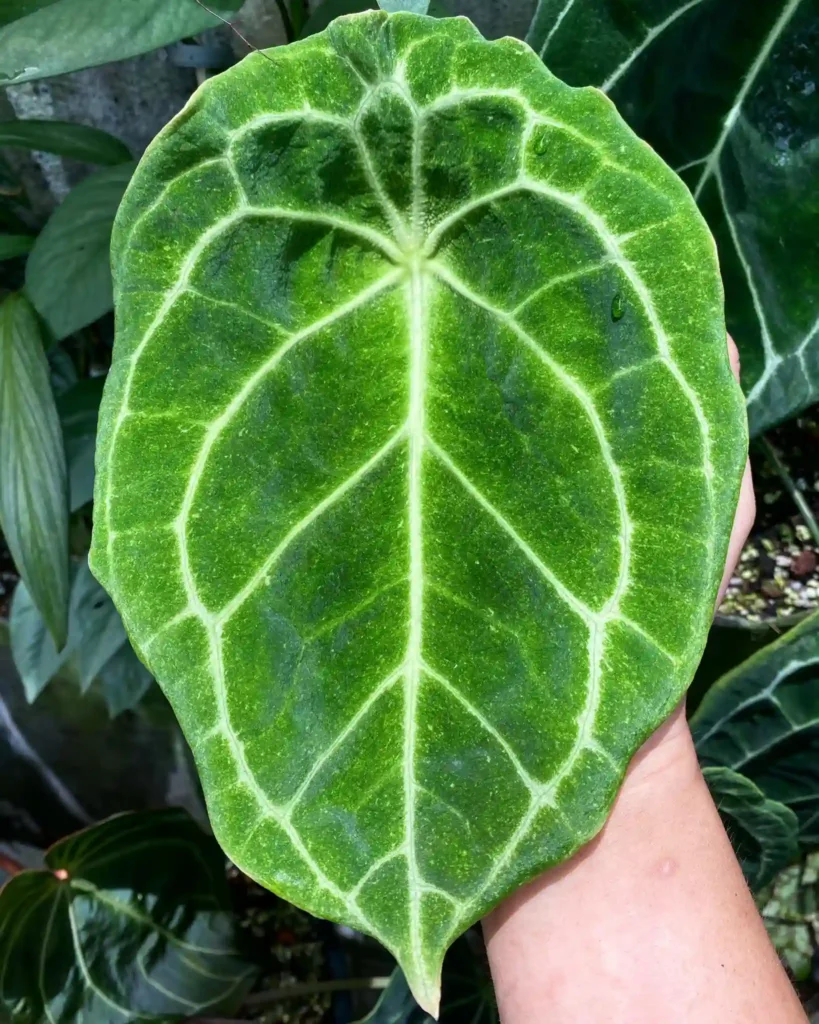My Fascination with Nematanthus: A World of Unique Blooms
Hi, I’m Ferb Vu, and I’m captivated by the plant genus Nematanthus. These fascinating flowering plants, part of the Gesneriaceae family, are native to the lush, tropical rainforests of Brazil. What draws me to them is their unique beauty, their intriguing adaptations, and the sheer diversity within the genus.
A Closer Look at Nematanthus
Nematanthus species are epiphytes, meaning they grow on other plants for support, typically trees, without harming their host. This lifestyle has led to some remarkable adaptations. Their leaves, for instance, are often thick and succulent, allowing them to store water and nutrients in the humid yet sometimes unpredictable rainforest environment. But the real showstoppers are the flowers.
These blooms are typically tubular or pouch-like, often with a vibrant red, orange, or yellow coloration. This, combined with their unique shape, has earned them common names like “goldfish plant” or “lipstick plant.” The flowers are perfectly adapted to attract their primary pollinators – hummingbirds. The bright colors and the tubular shape are ideal for a hummingbird’s long beak, and the flowers often produce nectar to reward these winged visitors.
Diving into Diversity: Nematanthus Species
The genus Nematanthus boasts a rich diversity of species, each with its own unique charm. Here are:
- Nematanthus gregarius: Perhaps the most well-known species, often called the “goldfish plant” due to its bright orange, pouch-like flowers that resemble leaping goldfish. – Plant FAQs: Goldfish Plant – Nematanthus Gregarius
- Nematanthus wettsteinii: This species is a popular houseplant with trailing stems and an abundance of red-orange flowers.
- Nematanthus corticola: One of the first species described, it features striking red flowers that dangle from slender stems.
- Nematanthus albus: A unique species with pure white flowers, offering a beautiful contrast to the more common vibrant hues.
- Nematanthus australis: This species boasts larger, more open flowers, often in shades of yellow and orange.
- Nematanthus bradei (Handro) Chautems
- Nematanthus brasiliensis (Vell.) Chautems
- Nematanthus crassifolius (Schott) Wiehler
- Nematanthus exsertus Chautems
- Nematanthus fissus (Vell.) L.E.Skog
- Nematanthus fluminensis (Vell.) Fritsch
- Nematanthus fornix (Vell.) Chautems
- Nematanthus fritschii Hoehne
- Nematanthus hirtellus (Schott) Wiehler
- Nematanthus jolyanus (Handro) Chautems
- Nematanthus kautskyi Chautems & Rossini
- Nematanthus kuhlmannii (Handro) Chautems
- Nematanthus lanceolatus (Poir.) Chautems
- Nematanthus maculatus (Fritsch) Wiehler
- Nematanthus mattosianus (Handro) H.E.Moore
- Nematanthus mirabilis (Handro) Chautems
- Nematanthus monanthos (Vell.) Chautems
- Nematanthus punctatus Chautems
- Nematanthus pycnophyllus Chautems, T.Lopes & M.Peixoto
- Nematanthus sericeus (Hanst.) Chautems
- Nematanthus serpens (Vell.) Chautems
- Nematanthus striatus (Handro) Chautems
- Nematanthus strigillosus (Mart.) H.E.Moore
- Nematanthus teixeiranus (Handro) Chautems
- Nematanthus tessmannii (Hoehne) Chautems
- Nematanthus villosus (Hanst.) Wiehler
- Nematanthus wiehleri Chautems & M.Peixoto
Why I Find Nematanthus So Intriguing
My fascination with Nematanthus stems from several factors. First, their beauty is undeniable. The vibrant colors and unique shapes of their flowers are a testament to the wonders of natural selection and the intricate relationship between plants and their pollinators.
Second, I admire their resilience and adaptability. As epiphytes, they’ve carved out a niche in the challenging rainforest environment, showcasing nature’s ingenuity.
Finally, I’m drawn to the botanical mystery surrounding them. While some species are well-known and widely cultivated, others remain relatively obscure, with much to learn about their distribution, ecology, and cultivation needs. This sense of discovery adds another layer to my fascination.
Exploring the World of Nematanthus
Whether you’re a seasoned plant enthusiast or just beginning your journey into the world of botany, I encourage you to explore the fascinating genus Nematanthus. These plants offer a glimpse into the incredible diversity and beauty of the natural world, and they’re sure to bring a touch of the tropics into your home or garden.
If i die, water my plants!



